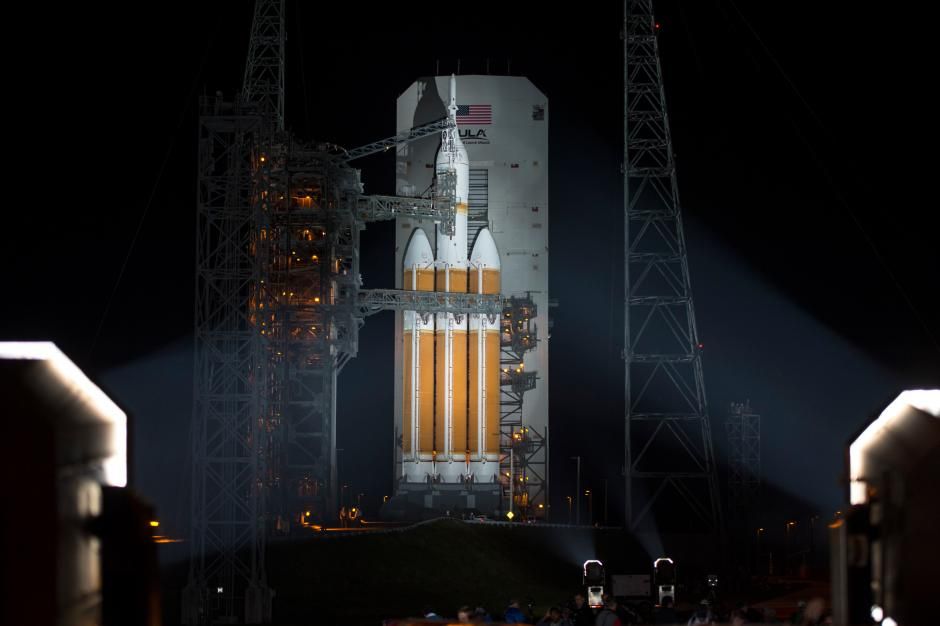NASA's Orion capsule has landed in the Pacific Ocean after completing a test trip that took it twice around Earth in 4.5 hours. It went father from the planet than any spacecraft built for humans has in more than 40 years.
Orion lifted off from Cape Canaveral, Florida at 7:05 am EST and went up to an altitude of about 3,600 miles above the Earth. No spacecraft designed for humans has shot up that far since the Apollo 17 moon mission in 1972. When it came back and landed in the water at 11:29 am EST, Rob Navias, the mission control commentator, said: "There's your new spacecraft, America."
READ: Lockheed Martin N+2 supersonic jet can go from NY to LA in just over two hours
The successful test flight brings astronauts one step closer to deep space. Bethesda-based Lockheed Martin, which is known for designing the N+2, supersonic jet that can take up to 80 people from New York to Los Angeles in 2.5 hours, built Orion to facilitate human exploration of the Moon, asteroids, and Mars. Orion is similar to its Apollo-era predecessors, but its technology can support long-duration deep space missions.
NASA will conduct another test flight without astronauts in 2018. A crew isn't scheduled to board Orion until around 2021. The full plan was detailed by NASA earlier this year, when the US space agency said it built the crew capsule with the purpose of traveling to Mars and its moons by the 2030s. It was initially part of a program called Constellation, but the Obama administration nixed that and made Mars the goal.
READ: NASA's wild path to Mars revealed for 2030 landing
Astronauts will still use Orion to travel to an asteroid - corralled next to the moon - in the mid-2020s. It will also return to Earth with samples, and then NASA will be able to properly prepare for a trip to Mars and its moons in the 2030s: "Just the idea of having a human around the moon interacting with an asteroid -- that’s mind boggling," Charlie Bolden, NASA's administrator, said Friday. "We are very confident we can do this."
Watch the videos above to see Orion lift off from Florida and then land in the Pacific Ocean. Its heat shield withstood temperatures as high as 4,000 degrees when the capsule hit the atmosphere traveling at about 20,000 mph.

